Tag: antibiotics

Use of Procalcitonin During the First Wave of COVID-19
A minority of patients presenting to hospital with COVID-19 have bacterial co-infection. Procalcitonin testing may help identify patients for whom antibiotics should be prescribed or withheld. This study describes the... read more
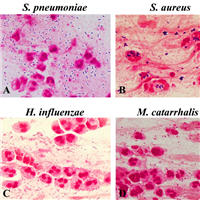
Validation of Sputum Gram Stain for Treatment of CAP and HCAP
The usefulness of sputum Gram stain in patients with community-acquired pneumonia (CAP) is controversial. There has been no study to evaluate the diagnostic value of this method in patients with healthcare-associated pneumonia... read more

Antibiotic Pharmacokinetic/Pharmacodynamic Considerations in the Critically Ill
This book provides unique insights into the issues that drive modified dosing regimens for antibiotics in the critically ill. Leading international authors provide their commentary alongside a summary of existing evidence... read more

Virus-Induced Changes of the Respiratory Tract Environment Promote Secondary Infections
Secondary bacterial infections enhance the disease burden of influenza infections substantially. Streptococcus pneumoniae (the pneumococcus) plays a major role in the synergism between bacterial and viral pathogens, which... read more
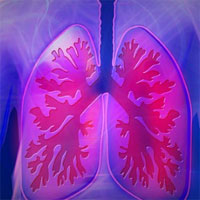
Why COVID-19 Pneumonia is More Deadly than Typical Pneumonia
Bacteria or viruses like influenza that cause pneumonia can spread across large regions of the lung within hours. In the modern intensive care unit, these bacteria or viruses are usually controlled either by antibiotics or... read more

Unexpectedly High Frequency of Enterococcal Bloodstream Infections in COVID-19 Patients
Coronavirus disease 2019 seemed to increase the frequency of bloodstream infections (particularly Enterococcus-related bloodstream infection) after ICU admission. This may have been due to enteric involvement in patients... read more

Long-Term Sustainability and Acceptance of Antimicrobial Stewardship in Intensive Care
An antimicrobial stewardship program implemented over a decade resulted in sustained suggestion and acceptance rates. These findings support the need for a persistent presence of audit-and-feedback over time with more frequent... read more

Azithromycin in Patients Hospitalised with COVID-19
2582 hospitalised patients were randomised to standard of usual care plus azithromycin and 5182 patients received standard of usual care only. Exclusions including patients with long QTc or hypersensitivity to a macrolide... read more
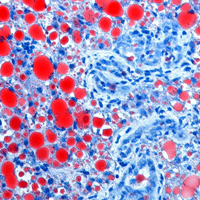
It Is a Marathon, Not a Sprint – Sustainability of Stewardship in ICUs
ICUs are arguably the most important yet most challenging hospital environments for antimicrobial stewardship. The stakes are high with critically ill patients, where the burden of resistant Gram-negative pathogens is greater... read more

Evaluation and Treatment of Renal and Perinephric Abscesses
A 30-year-old woman with past medical history of type 2 diabetes presents to the emergency department with 3 days of vague abdominal/back pain, with associated subjective fever, chills, nausea and vomiting. She states she... read more
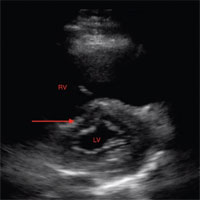
Ultrasound Probe: POCUS for Flexor Tenosynovitis
A 21 year-old female with no past medical history presented to the emergency department (ED) with ring finger pain and swelling of her right hand over the past six days. According to the patient, she initially developed a... read more

ED Evaluation and Management of Non-Obstetric Abdominal Pain in the Pregnant Patient
A 27-year-old G4P2 female at 25-weeks gestation presents to the emergency department with right upper quadrant abdominal pain. The pain began yesterday and was initially a generalized discomfort that localized to the right... read more
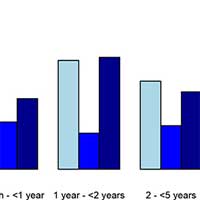
Management of Children With Fever at Risk for Pediatric Sepsis
Many febrile children (41%) present with warning signs for sepsis, with only few of them undergoing investigations or treatment for true sepsis. Children with positive isolates in blood or CSF culture presented in a heterogeneous... read more

Approach to New Fever or Rigors in the ICU Patient
Failure to recognize neutropenic fever as a separate entity that requires immediate treatment. Routinely ordering urinalysis and sputum cultures (for most patients, this will only lead to false-positive results and unnecessary... read more




